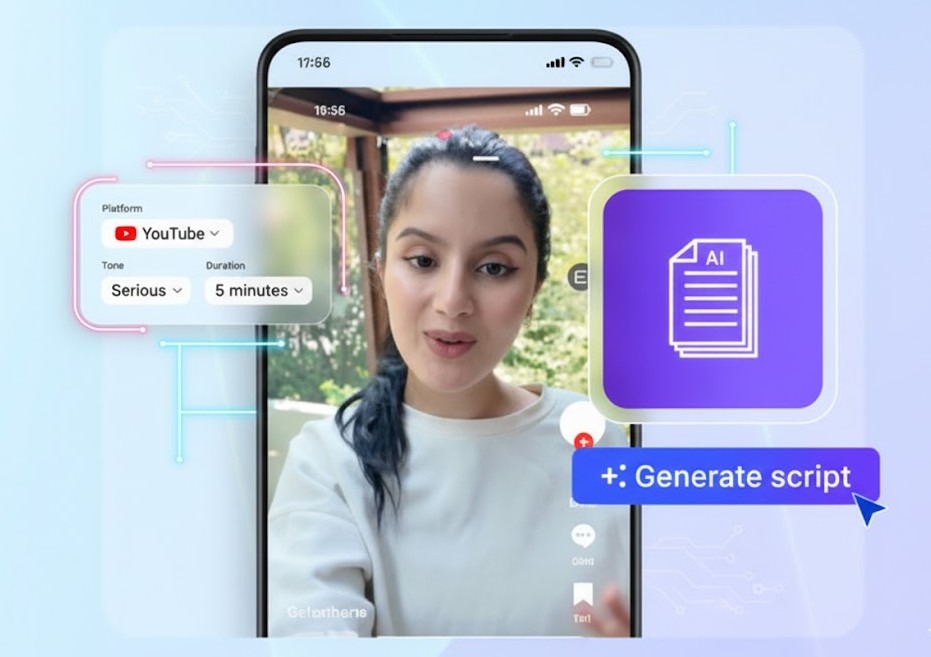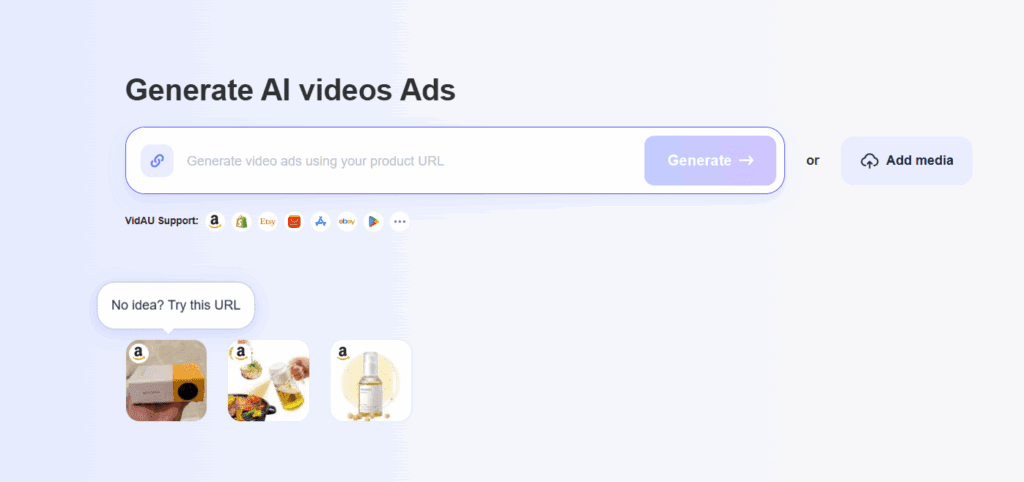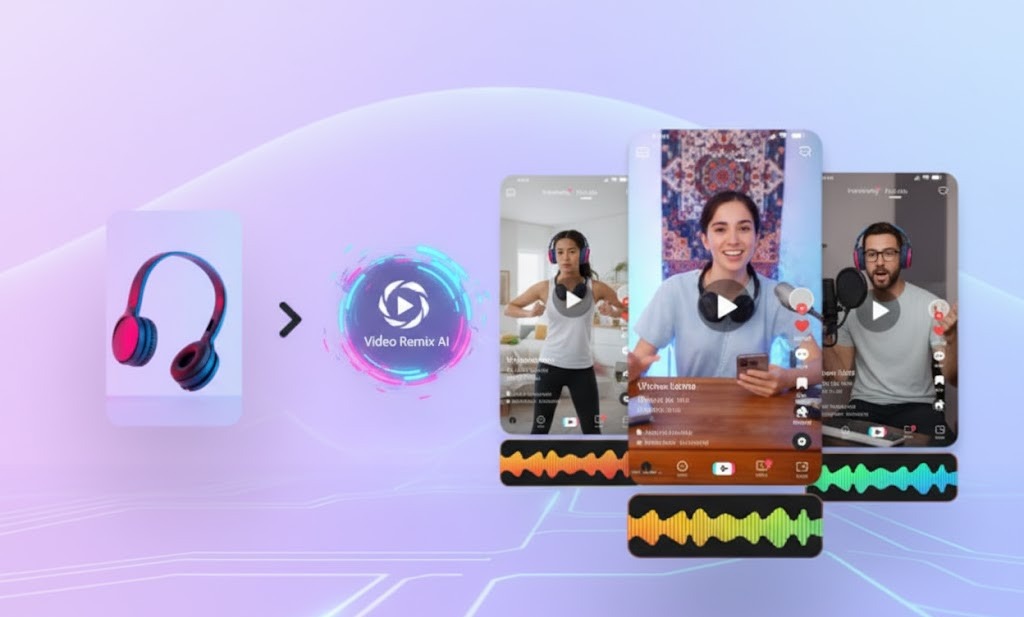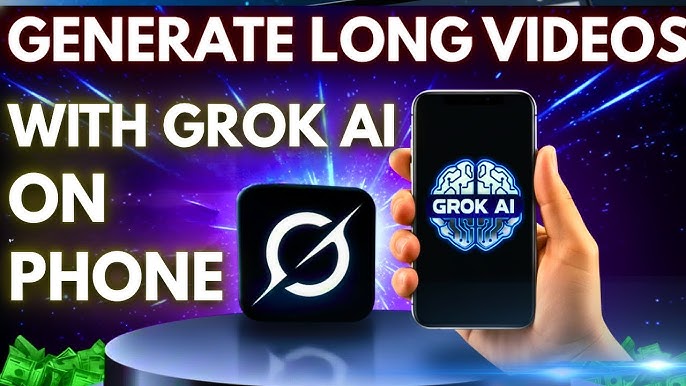Agentic AI Explained: The Future Of AI Video Avatars Now

Agentic AI drives a shift in how you build and run AI video avatars. You get systems that set goals, plan steps, use tools, and adjust actions. You produce higher output with less manual effort. Gain tighter links with Chat GPT, Open AI, Oreate AI, IBM, Google Cloud, AWS, NVIDIA, UiPath, Salesforce Agentforce, and Agentic.ai.
This gives you strong leverage for training videos, product demos, support clips, and digital presenters.
What Is Agentic AI
Agentic AI uses autonomous systems that pursue goals. These systems plan, reason, interact with tools, and update output. IBM, Google Cloud, AWS, UiPath, Salesforce, NVIDIA, and Wikipedia outline the same foundation. You get higher independence than prompt-response models.
This structure works well for AI video avatars because each avatar follows instructions with a clear plan instead of raw reactions.
How Agentic AI Differs From Generative AI
Generative AI produces content. Agentic AI solves tasks. You see the gap in how each system responds.
Generative AI waits for prompts. Agentic AI acts once you set a target. It plans the steps, pulls context, and completes the process.
| Factor | Agentic AI | Generative AI |
| Purpose | Completes tasks and goals | Produces content |
| Workflow | Plans steps and executes actions | Responds to prompts |
| Autonomy | High autonomy with tool access | Low autonomy without external tools |
| Memory Use | Uses memory to guide decisions | Limited memory across actions |
| Tool Interaction | Calls APIs and systems | Limited tool interaction |
| Output Flow | Multi-step, goal-driven | Single-step response |
| Best Fit | Automation, workflows, video avatar control | Text, images, audio, basic video content |
Why This Gap Matters For AI Video Avatars
- Cuts repeated edits
- It reduces manual script fixes
- You get avatars that follow full scene plans
- You get outputs with tighter timing and better flow
The result is consistent video content with lower effort.
How To Build A Strong Agentic AI Video Avatar System
A clear setup process drives stable results. Each step builds control and consistency.
Steps To Follow
- Set a clear goal
- Add tool links
- Connect retrieval sources
- Add memory
- Add evaluation rules
- Test with small samples
Why This Approach Works
- The avatar stays aligned
- Avatar adjusts output
- It avoids errors
- Your avatar scales production
How Agentic AI Drives AI Video Avatars
Agentic AI upgrades simple video avatars into digital workers. The system builds the script, requests assets, checks output, and adjusts. Your avatar becomes an active performer that manages decisions across each frame and line of dialogue.
Avatar Production Workflow With Agentic AI
- You set a clear goal
- The system forms a step-by-step plan
- The system pulls data from Chat GPT, Open AI, or Oreate AI
- The avatar generates motion, voice, timing, and delivery
- The system checks output and refines the clip
You produce more content with fewer retries.
Real Use Cases
- Automated training modules
- Support clips that respond with up-to-date instructions
- Sales explainers with product steps
- Large batches of short-form content
- Digital presenters for events
How Agentic AI Works Under The Hood
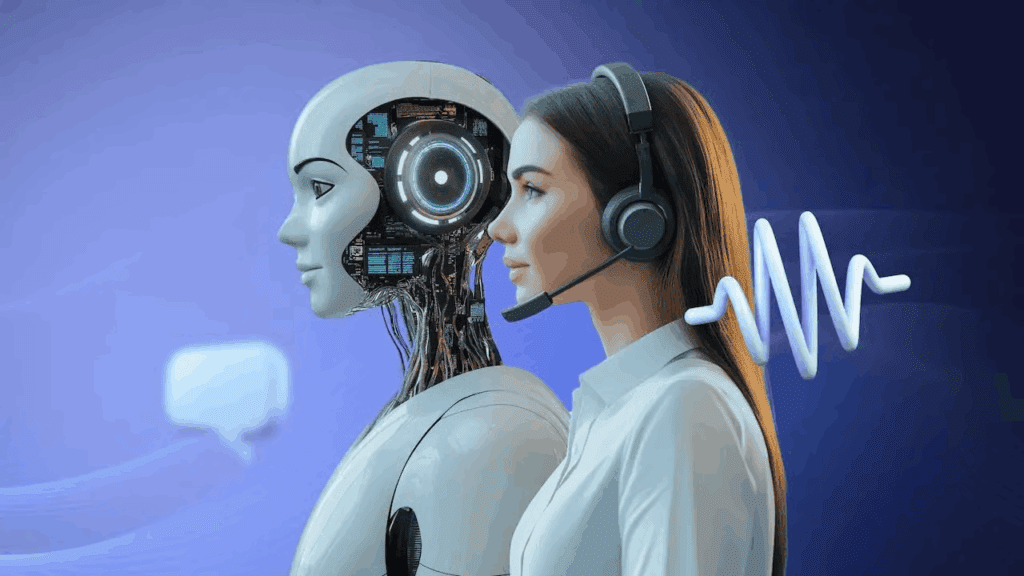
IBM, Google Cloud, AWS, NVIDIA, UiPath, and Salesforce outline similar system parts. Each system uses agent blocks that guide tasks. With agentic ai, you get a cycle of planning, action, memory access, and evaluation.
Key Parts Of An Agentic AI System
- Goal manager
- Planner
- Reasoner
- Memory store
- Tool layer
- Feedback cycle
These parts form a loop that runs until the target is met.
Planning And Reasoning Flow
- The system receives your goal.
- It breaks the goal into steps.
- Uses tools from Open AI, Chat GPT, or Oreate AI.
- Checks progress.
- The system updates the plan.
Why This Matters For Video Avatars
- Your avatar follows full scripts
- Avatar handles scene shifts
- Your avatar updates tone and pace
- Your avatar corrects errors faster
This structure builds trust in high-volume production.
Platforms That Support Agentic AI
You get broad support across enterprise and consumer-level tools. These platforms drive autonomy, speed, and output safety.
| Platform | Strengths | Limit Limits | Best Use Cases |
| OpenAI | Strong reasoning. Strong planning. Broad tool access. Fast model updates. | Less enterprise control features than cloud vendors. | Video avatars, planning tasks, creative flows, multi-step content actions. |
| AWS | Strong security. Strong enterprise controls. Broad API range. | Slower experimentation than OpenAI. | Regulated workloads, enterprise agent flows, backend automation. |
| Google Cloud | Strong retrieval. Strong data integration. Strong orchestration tools. | Narrower ecosystem for avatar creation. | Knowledge-heavy tasks, data-driven agents, structured planning. |
| Salesforce | Strong CRM tie-ins. Strong workflow rules. Strong business logic. | CRM-focused use. | Sales support, service automation, customer-facing avatars. |
| IBM | Strong governance. Strong risk controls. Strong enterprise frameworks. | Less consumer-facing innovation speed. | High-compliance environments, enterprise adoption, controlled agent workflows. |
OpenAI And Chat GPT Integration
Chat GPT powers reasoning, planning, memory search, and tool use. You also get multi-step execution based on the newest model updates.
Oreate AI Integration
Oreate AI manages avatar creation, voice sync, camera framing, and scene timing.
You get smooth alignment between agent decisions and final video output.
Enterprise Platforms
- IBM agentic frameworks
- Google Cloud agent stack
- AWS agent orchestration
- UiPath automation flows
- Salesforce Agentforce
Each platform supports enterprise-level stability, security, and scalability.
Why These Platforms Matter
- You increase reliability
- Gain stronger controls
- You reduce setup time
- You integrate with existing data systems
Trends Shaping Agentic AI And Video Avatars
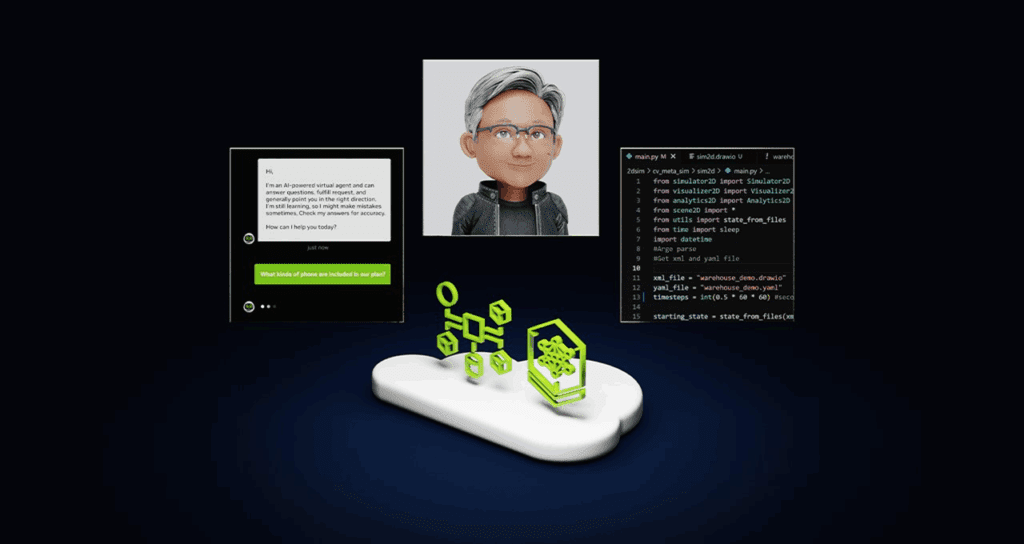
OpenAI, IBM, AWS, Google Cloud, Salesforce, and NVIDIA point to key trends that move the sector forward.
Key Trends
- Higher autonomy
- Stronger tool adoption
- Multi-agent coordination
- Memory-driven reasoning
- Real-time personalization
Emerging Opportunities
- Automated digital presenters
- Long-form content generation
- Self-correcting video pipelines
- Avatar-led storytelling models
These trends set the next stage for production systems.
Benefits Of Agentic AI For AI Video Avatars
Agentic AI improves output speed, quality, and cost. You also reduce manual work during production.
Speed Gains
- Faster edits
- Quicker script updates
- Faster batch creation
Quality Gains
- Better pacing
- Better facial sync
- Smoother transitions
- Amazing logical flow
Cost Gains
- Fewer human revisions
- Fewer resource hours
- More content per cycle
Challenges And Limits
Agentic AI needs clear goals and strong data. Without these inputs, the avatar output drops.
Common Barriers
- Poor source data
- Weak instructions
- Low-quality tool links
- Output drift
How To Overcome These Issues
- Set clear targets
- Use short steps
- Review samples
- Refresh your data
This produces stable performance.
Conclusion
Agentic AI moves AI video avatars into a new phase of autonomy. You gain higher speed, stronger accuracy, and sharper consistency across each clip. You also gain deep integration with Chat GPT, Open AI, Oreate AI, IBM, AWS, Google Cloud, NVIDIA, UiPath, Salesforce Agentforce, and Agentic.ai.
This gives you a direct path to large-scale video creation with lower manual effort and higher output control.
FAQ’s
What is the difference between an AI avatar and an AI agent?
An AI avatar is the visual, hyper-realistic digital representation of a person that can deliver speech and expressions. An AI agent is the “brain” behind the avatar; it is an autonomous, goal-oriented system that can reason, make decisions, use tools, and act proactively without constant human instruction
What is Agentic AI?
Agentic AI refers to AI systems capable of autonomous action to achieve a specified goal.
How do agentic AI and generative AI work together in video avatars?
They complement each other. Generative AI creates the lifelike video content (facial expressions, speech, gestures), while the agentic AI provides the intelligence, context, and decision-making capabilities that allow the avatar to engage in meaningful, goal-oriented interactions with a user.
How do agentic avatars learn and improve?
They can learn from interactions with users and improve over time by accessing stored information from past experiences. Techniques like Retrieval-Augmented Generation (RAG) allow them to access and leverage specific, up-to-date knowledge bases to provide accurate information.
Can one company have multiple AI agents/avatars for different tasks?
Yes, absolutely. Companies often use multiple specialized agents for different functions, such as an “author” agent to draft a response and a “critic” agent to review it, managed by an orchestrator.
How do you “train” an AI agent without coding?
Many platforms offer user-friendly interfaces where you can define the avatar’s personality, provide a knowledge base (like company documents), and set guardrails to control its behavior.
